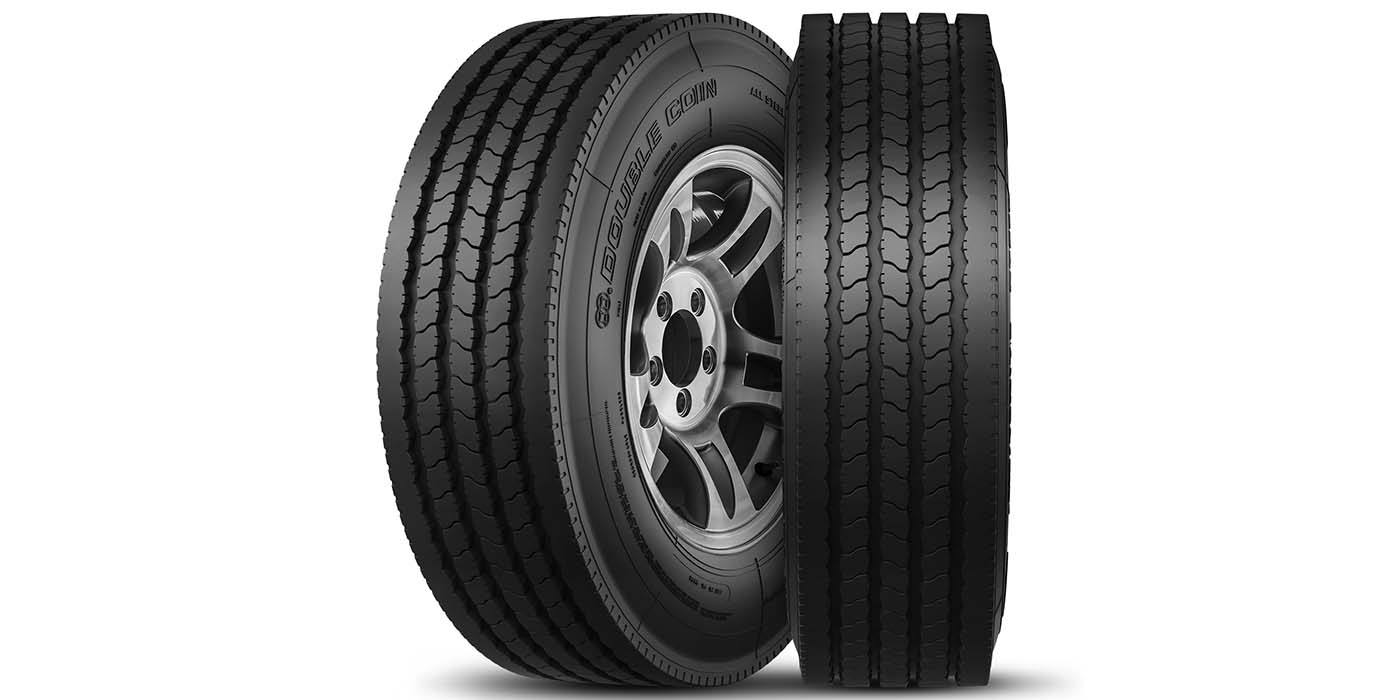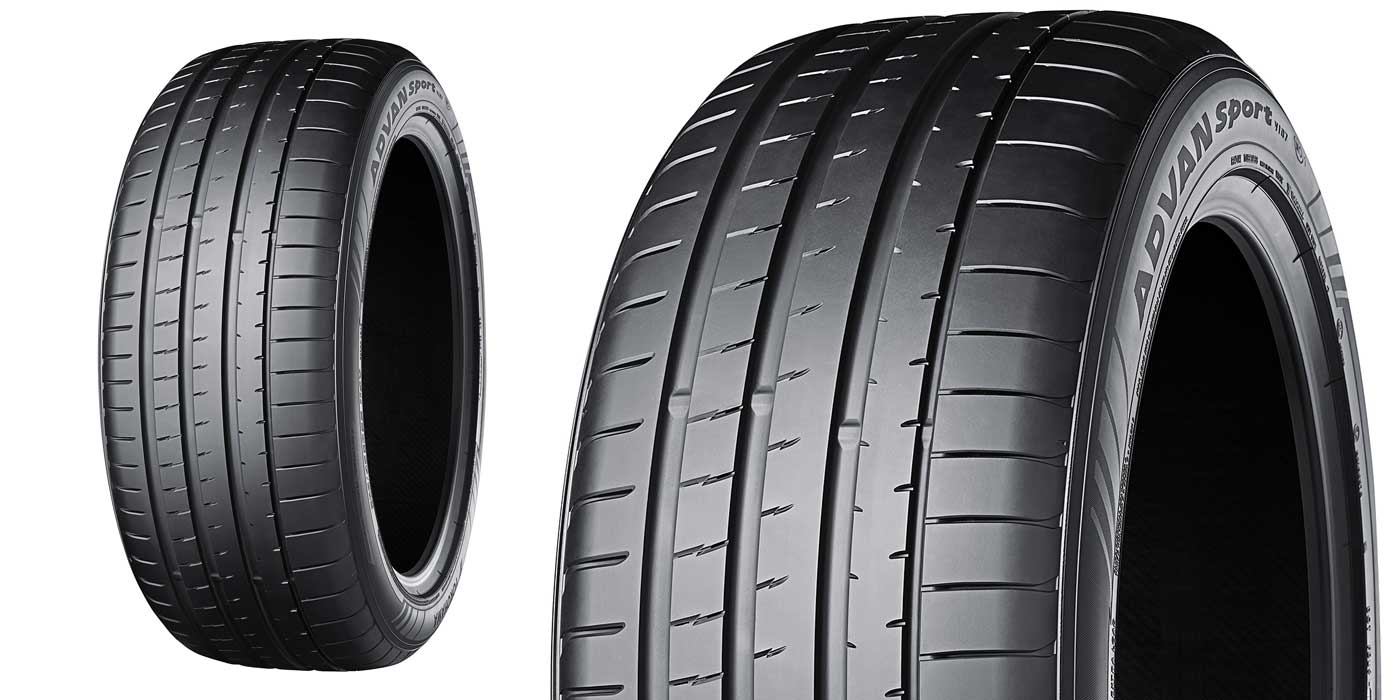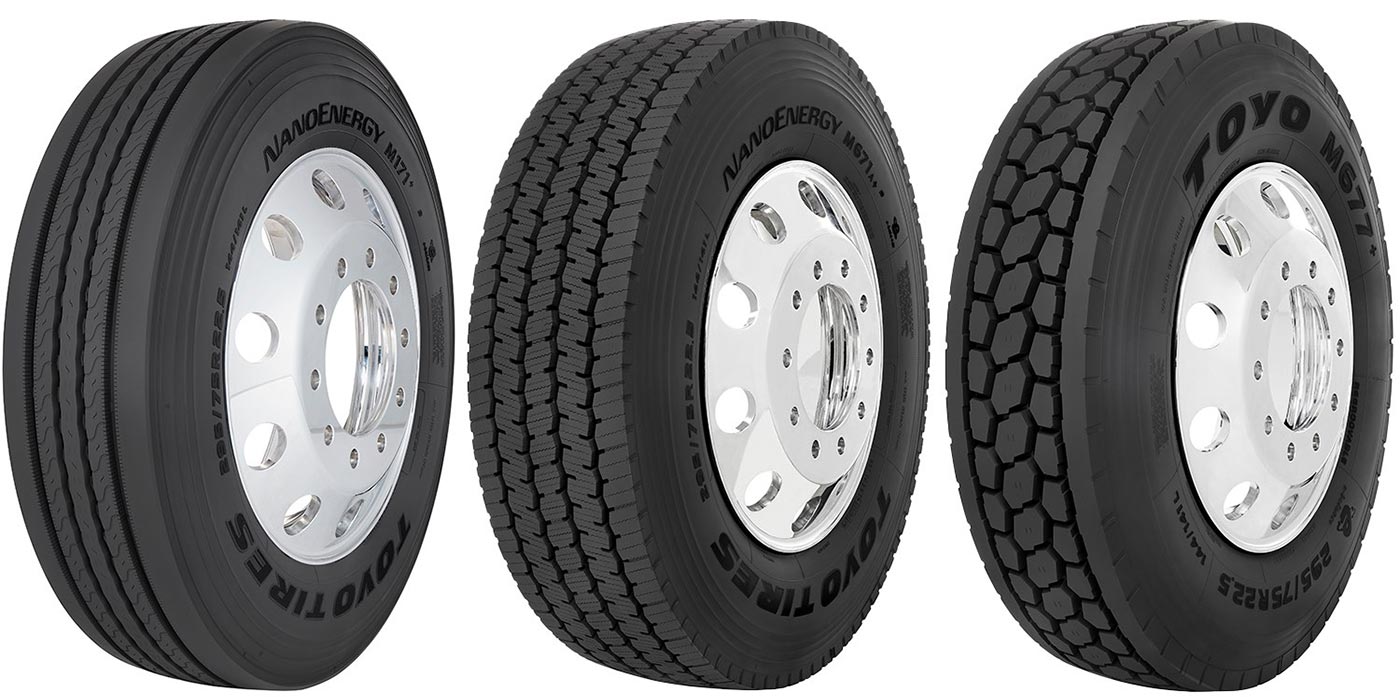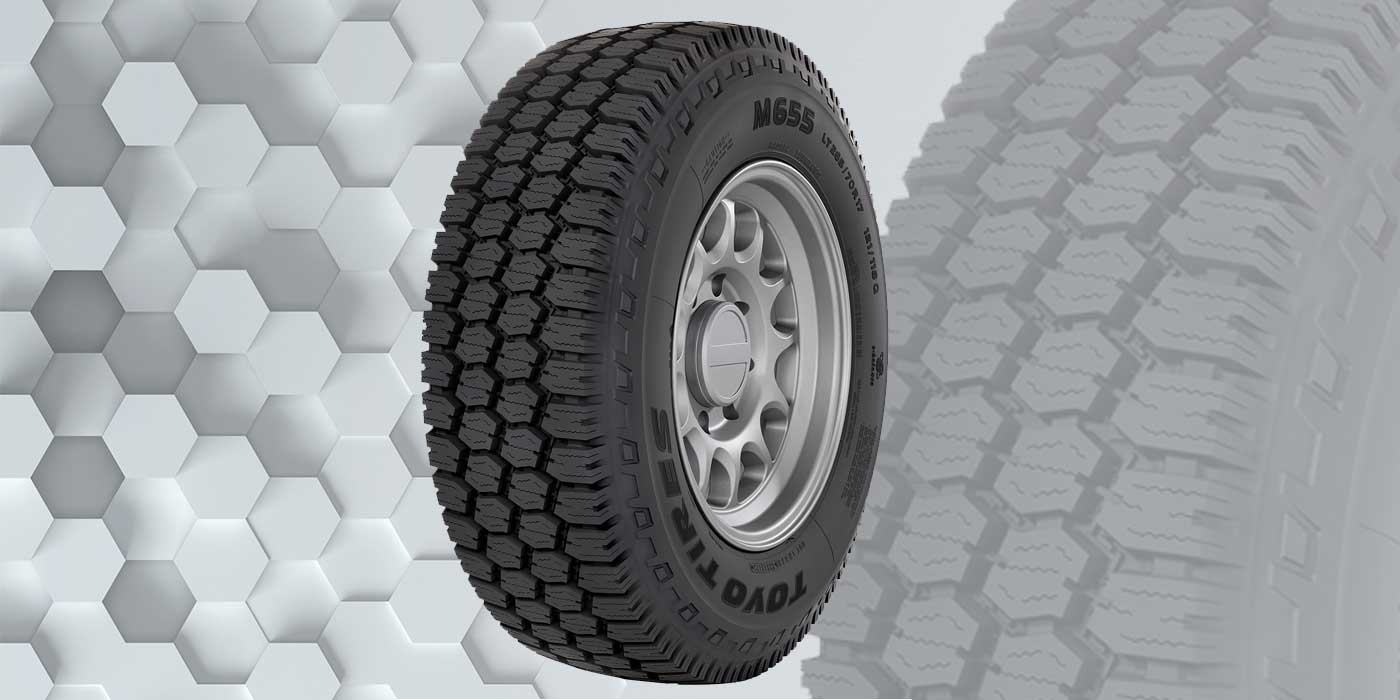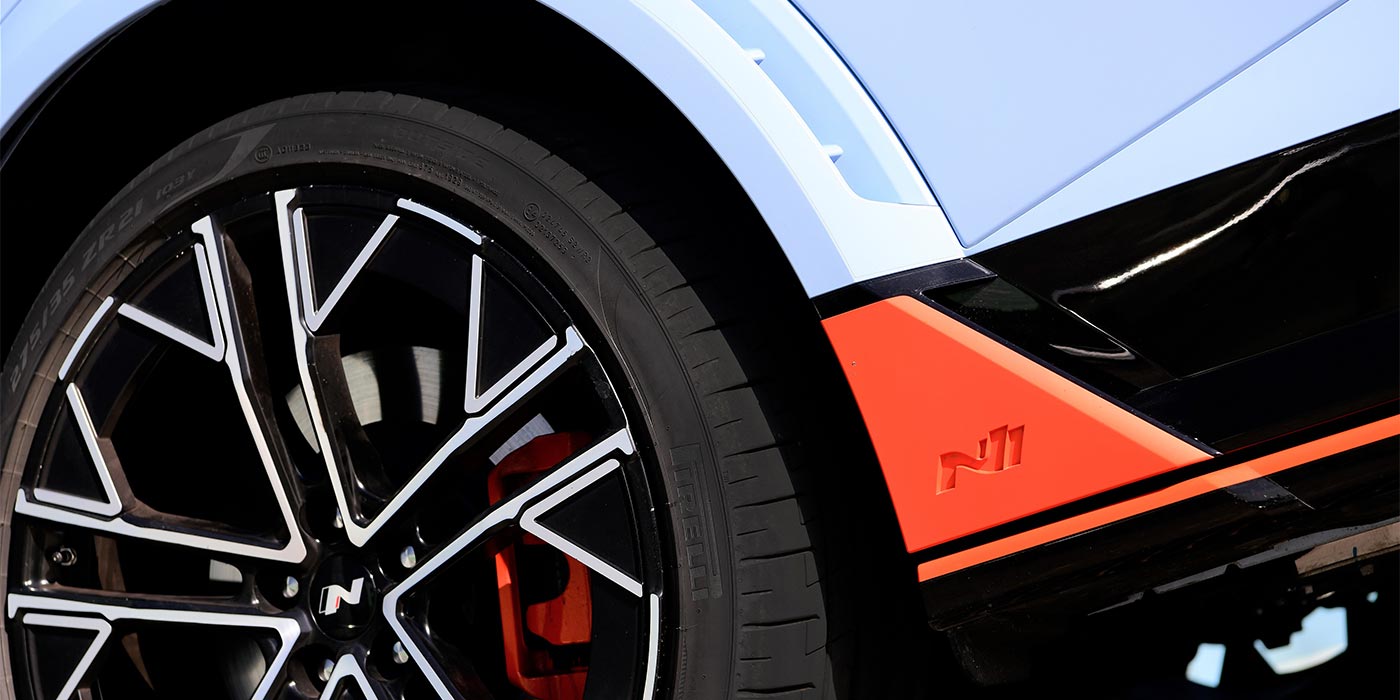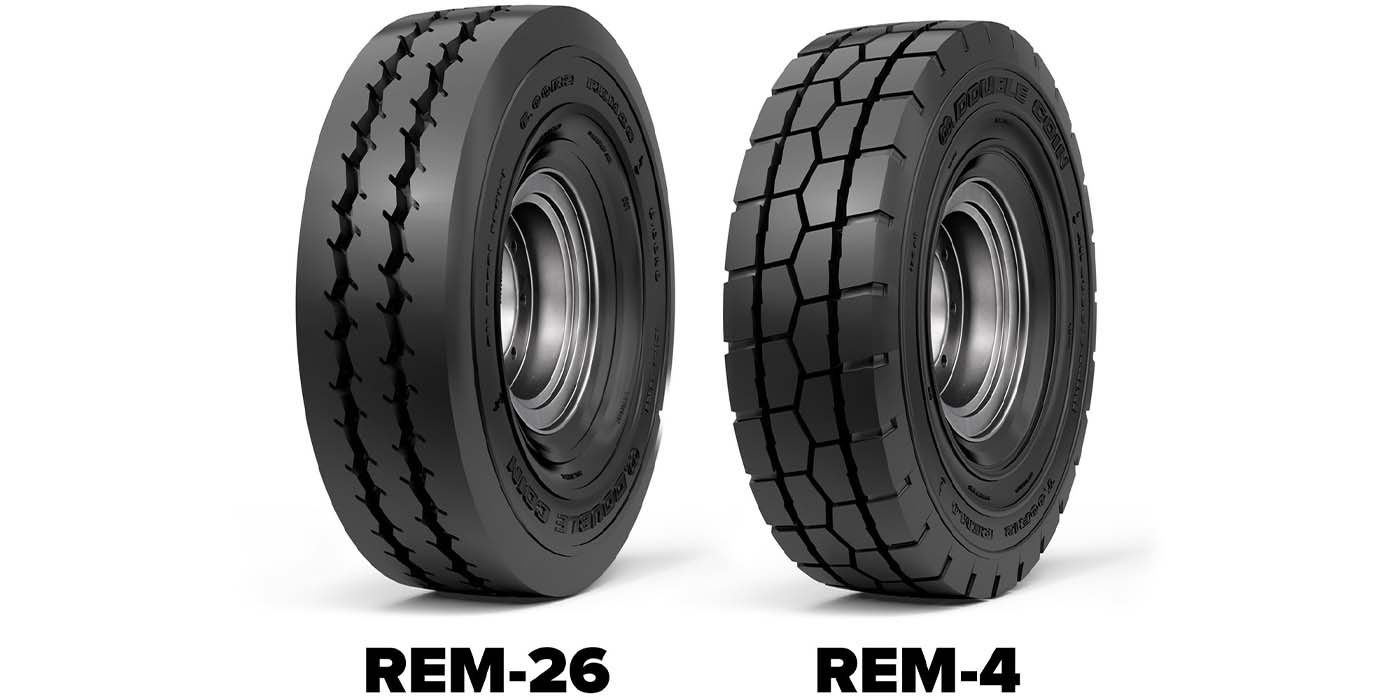Suppose for a moment that you’re the owner of a candy store, and that, for quite some time, you’ve been selling all of the quality candy that you can possibly stock in your limited storage space. And, suppose that your customers seem to be happy campers and that, for once in your career, they aren’t complaining much about price – except for the occasional curmudgeon who also whines about the sunshine on bright days.
What’s a good businessperson to do? Keep ordering and selling more of the same candy? Or search for new and different types of products, preparing for the possibility that things in your marketplace might change?
A little bit of both is going on in today’s retreading industry. As a result, the number of available options make fleets the proverbial kids in the candy store.
Given the continuing torrid pace of new truck and trailer sales – Class 8 truck sales through June were nearly 35% higher than the same period in 2004 – and the large volume of new radials needed to equip these vehicles, serious tire shortages have become a problem. And, the shortages are not a local issue; globally, medium radials are in such heavy demand that tiremakers have few source options available to combat shortages.
The OE supply issues are primarily affecting the three most popular – the so-called Tier 1 – medium truck tire brands. Patricia Brown, vice president of global branding and communications for Cooper Tire & Rubber Co., points out, though, that there are still some Tier 2 and plenty of Tier 3 new tire products available. And, some tire dealers and fleets have turned to Tier 4 products, primarily from Chinese tiremakers, to fill in gaps.
As a result, quality retreads have become more than just a means to extend tire lifecycles; they have become the primary tire choice for brand new trucks. The growing importance of retreads has allowed suppliers to expand products and practices and become stronger technical assets to end users.
Cooper, which markets Oliver brand retreading system and products, believes that end users are best served through individually tailored new tire/retread programs that consider specific needs rather than a one-size-fits-all approach.
Brown also notes there are several driving forces, such as escalating raw materials costs and renewed emphasis on fuel efficiency, that are causing retread materials manufacturers to explore new technologies. There is little question, however, that the shortage of new tires has been a major benefit to most retreading businesses.
Cutting-Edge Retreads
One indisputable fact is that, over the last few years, the retread industry has rapidly implemented new technology for both product and processes – all aimed at improving fleet performance.
Marc Laferriere, vice president of marketing for Michelin Americas Truck Tires, suggests that the performance of today’s retreads is so high that fleets are encouraged to reevaluate the role that retreads play in their operations. Traditional non-users of retreads, especially, should certainly reconsider, he says.
Advanced inspection techniques for incoming casings, new repair materials and processes, and more detailed and reliable communications allow modern retreaders to cull out damaged casings more reliably and avoid rejecting casings that may be capable of continuing service with proper repairs and processing.
Michelin also notes that there is a trend toward customizing retread programs to specific user requirements, such as matching tread types, rubber compounds and casing selection to specific user requirements. Much of this has only recently become possible with the more detailed information-gathering systems and customer communication links now used by a growing number of retreaders.
Laferriere also notes that new super wide line haul tires are highly retreadable, although some processes, such as the very flat buffing radius and applying the wide (390 mm) tread stock, require training and equipment options. Michelin currently offers two tread designs of free-rolling trailer treads and one drive tread for these wide tires. A second drive tread is expected shortly.
Technology and communication advances are also touted by Goodyear. Joe Zekoski, director of retread systems for Goodyear, points out that modern retreads have recently begun incorporating many new tire features. Zekorski says that Goodyear has shortened considerably the timeframe between new tire introductions and the release of corresponding tread stock with new tire technology and tread designs.
Adding “new tire features,” such as lower rolling resistance, reduced noise levels and cooler-running rubber compounds, to tread stock brings significant value to end users. This would seem to be one of the driving factors supporting the growth of affiliated retreaders at the expense of independent shops.
Zekosky also notes that the information age is now benefiting the retread industry and, ultimately, end users. Internet portals and two-way communication between customers and retread producers allow key decisions – tread selection, casing grading for specific applications, and tire repair types – to be fleet-tailored quickly and efficiently.
This blend of traditional rubber technology and electronic communication reinforces the concept that retreads play an increasingly important role in a much more comprehensive system of an integrated tire supply and servicing network that is flexible and capable of customizing choices to best serve specific end users’ needs.
Goodyear also makes the point that tires incorporating its recently introduced DuraSeal technology, targeted at puncture-prone service, such as waste hauling and construction service, are repairable and retreadable, just like conventional radial truck tires.
One especially interesting technology that appears to be gaining momentum is the Ringtread, developed and marketed by Marangoni Tread North America Inc. Although this concept was originally developed in Europe and has been around for some time in selected global markets, it is now gaining acceptance in North America.
Ringtread is a continuous (therefore, spliceless), double-contoured precure tread molded in the shape of a casing. The single-piece circular tread is essentially stretched over the prepared casing, then cured in place.
Bill Sweatman, president and CEO of Marangoni, asserts that this new tread system, combined with advanced shearographic casing inspection, ensures a uniform, high-quality retread that delivers “outstanding performance and low-cost mileage” for fleets. Marangoni asserts that demand for its Ringtread product has been so strong that it has accelerated expansion of its Nashville, Tenn., plant to double its capacity by later this year.
Less is More
Consolidation of active retreaders continues to reduce the number of production facilities, which currently number about 850. Not many years ago, this number hovered near 4,000.
The tightening is obviously driven by economic factors; running a modern retread plant is not an inexpensive venture, and the capital necessary to acquire and integrate new machinery and processes to produce better performing – and market competitive – products is tremendous. Smaller, less financially able retreaders have either been acquired by their larger bretheran or simply shut down. Where it once took 4,000 retread shops to produce 16 million medium truck units each year, the job can now be handled by 850 stronger, more efficient plants.
According to Clay Timmons, product manager of global dealer systems for Bandag, “As dealers exit the industry, their businesses are often acquired by a growing dealer that consolidates the purchased business into an expanded version of its existing retread facility.” The new owner then invests in new equipment to the point at which the “updated single plant is more efficient than the two plants operating before the acquisition,” he says.
“Most of this equipment takes advantage of added automation, reducing both the time and manpower needed to produce quality retreads. And, quality management systems and ISO certification also play roles in delivering consistent high quality in these more efficient plants,” Timmons notes.
Bandag emphasizes that the improved casing inspection and repair technology found in new equipment is responsible for dramatic improvements in retread performance and reliability.
Closing the Gap
With so much changing in a market sector that has historically been a slow-to-evolve smokestack industry, there are sure to be some significant business changes. All signs indicate that retread users will benefit from improved product performance.
The hard-core properties of longer life/increased tread mileage and improved durability are quantifiable and deliver direct cost reductions that help a fleet’s bottom line. These traditional measurements will, of course, remain primary decision influences when selecting retread suppliers.
Additionally, the adoption of new-tire-derived technological features can be expected to close the performance gap between new tires and retreads. Improved inspection techniques and repair processes/materials should result in more accurate diagnoses of incoming casing suitability for continuing service. These services, together with real-time communication possibilities between customers and processors, will likely gain prominence as supplier selection criteria.
Many of the process and equipment changes should also result in more uniform retreads that provide improved truck ride and driver comfort, qualities that have become important to customers looking to lower driver turnover and hire new drivers by emphasizing truck comfort and reliability.
Another less obvious concern is the pending prohibition of using lead in vehicle components, including traditional lead balance weights. Some new vehicle manufacturers and fleets are exploring alternative materials like tin or internal ride improvement powders, while others are simply insisting on lower runout wheels and more uniform tires with the hope that they can eliminate balance correction.
Therefore, it is reasonable to believe that retreads will increasingly be held to uniformity standards that approach those of new tires. Though more difficult to quantify, these “softer” performance qualities will add value and, ultimately, raise the bar for retreaders and marketers.
Fleets are more aware than ever that all retreads aren’t necessarily created equal. As users become smarter shoppers, retreaders and dealers must keep pace with equipment, technology and communication to avoid being left behind. Those who understand and embrace the changing aspects of the business have an outstanding opportunity to positively differentiate their offerings – and ensure their customers’ continuing success.

